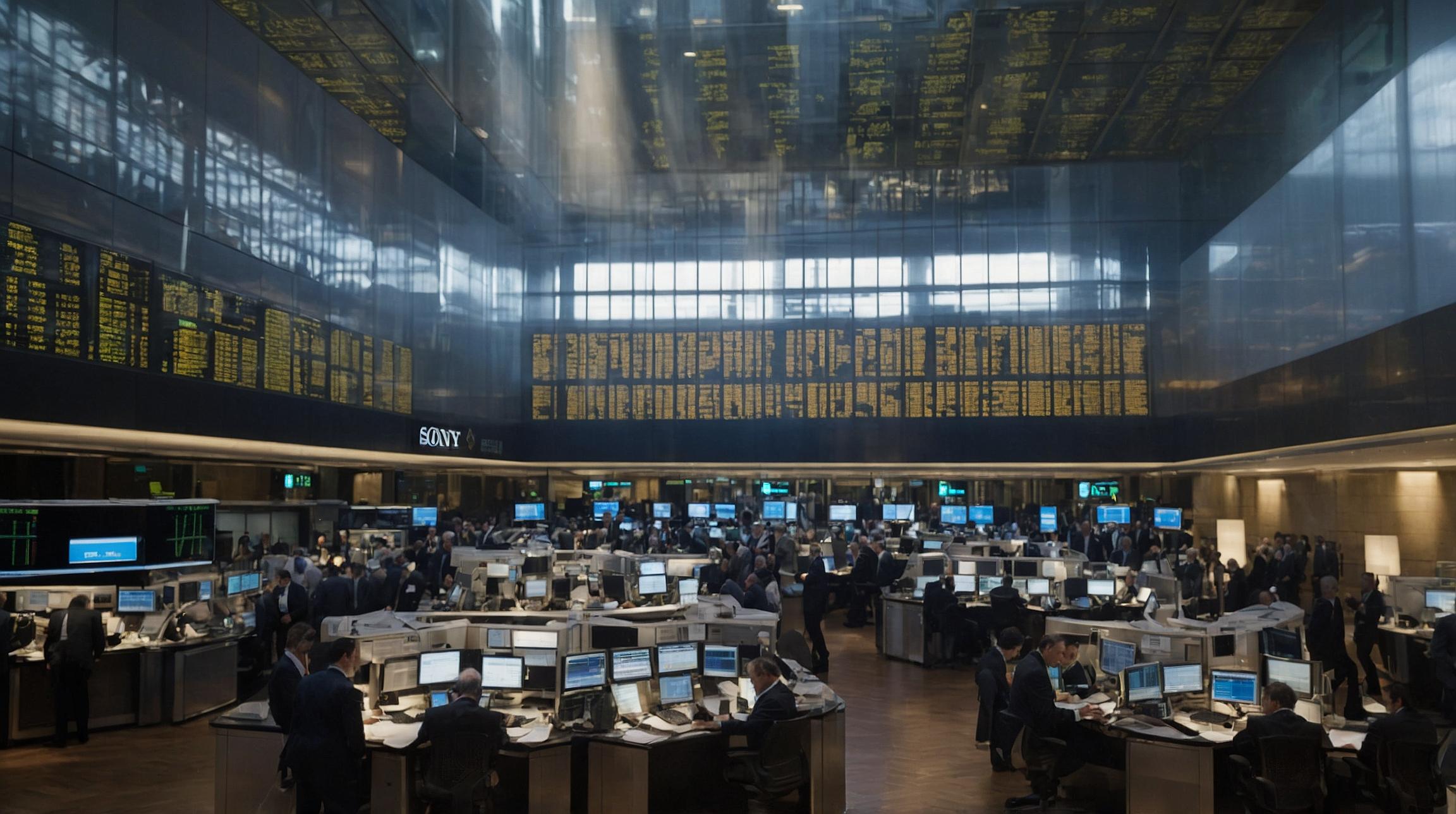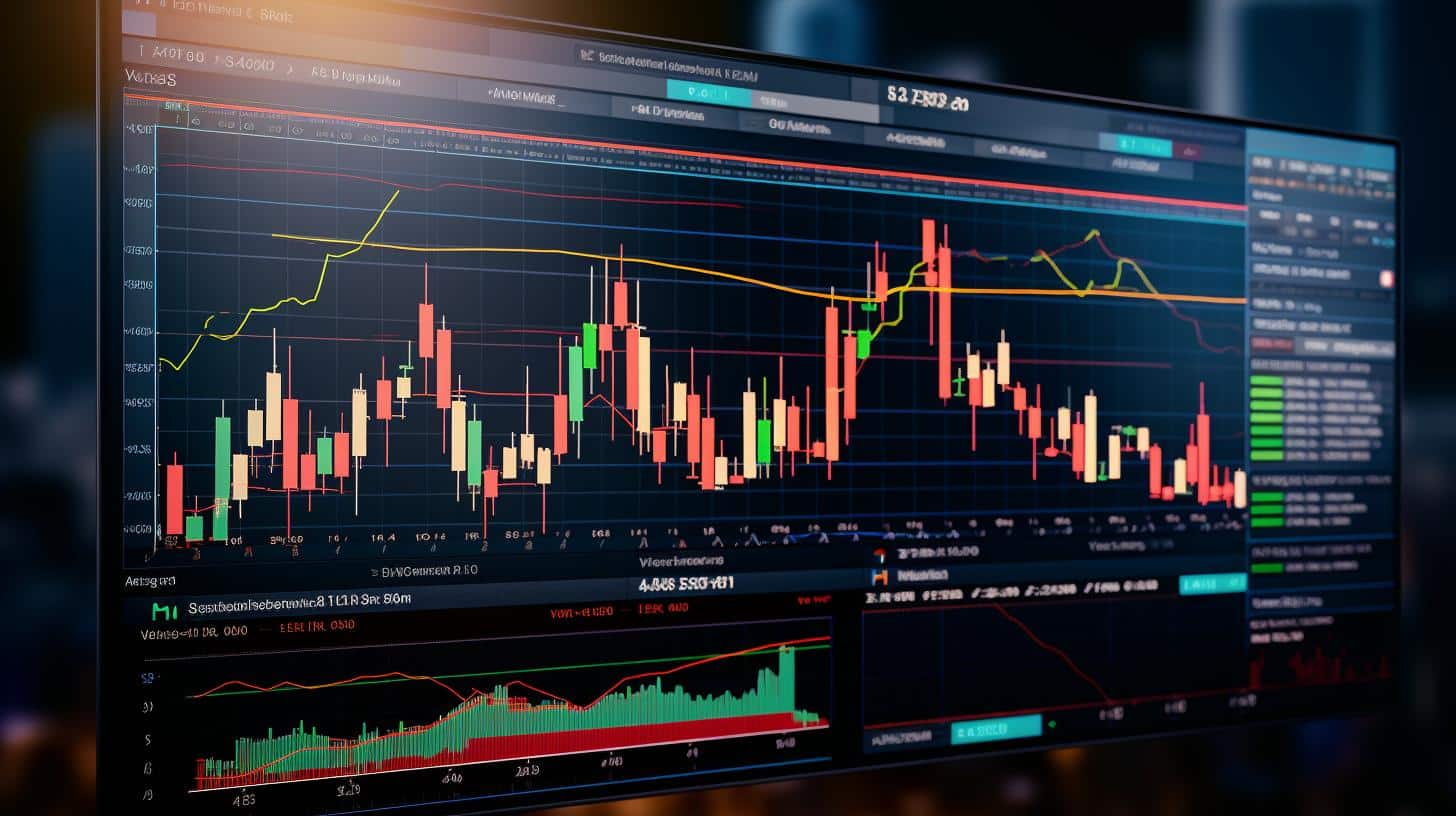China Maintains Benchmark Lending Rates Amid Global Rate Cuts
The People’s Bank of China (PBOC) announced on Monday that it will keep its benchmark lending rates unchanged for the fourth consecutive month. The one-year loan prime rate (LPR) remains steady at 3.0%, while the five-year LPR, which affects mortgage pricing, stays at 3.5%. This decision comes despite the U.S. Federal Reserve’s recent quarter-point rate cut.
The one-year LPR is a key reference influencing most new and existing loans in China, underscoring the PBOC’s cautious stance as it balances economic growth concerns with financial stability.
Policy Context and Market Expectations
The decision aligns with market expectations that the Chinese authorities would refrain from implementing aggressive stimulus measures amid a recent rally in domestic stock markets. This cautious approach persists despite several indicators pointing to economic fatigue.
The central bank last reduced key lending rates by 10 basis points in May to support the economy, but has since maintained a steady course.
On the monetary policy front, the PBOC also held the seven-day reverse repurchase rate steady last Thursday, maintaining the main policy rate despite the Fed’s move to cut rates.
Economic Indicators Show Mixed Signals
China’s export growth decelerated to 4.4% in August, marking the slowest pace since February. This slowdown reflects the diminishing impact of frontloaded shipments and the effects of U.S. trade policies targeting transshipment routes to third countries.
Despite these headwinds, policymakers are expected to introduce modest monetary easing measures later in the year to ensure the economy meets the government’s annual growth target of approximately 5%.
FinOracleAI — Market View
The PBOC’s decision to maintain stable lending rates signals a cautious approach amid external uncertainties and domestic economic challenges. The hold suggests confidence in current policy settings but leaves room for targeted easing if growth falters further.
- Opportunities: Stability in borrowing costs supports corporate and consumer confidence; potential targeted easing could boost specific sectors without destabilizing markets.
- Risks: Export slowdown and external trade tensions may pressure growth; delayed stimulus could prolong economic fatigue.
- Monetary policy divergence with the U.S. may influence capital flows and currency stability.
Impact: Neutral to cautiously positive — the steady policy stance balances growth support with financial stability amid uneven economic signals.













